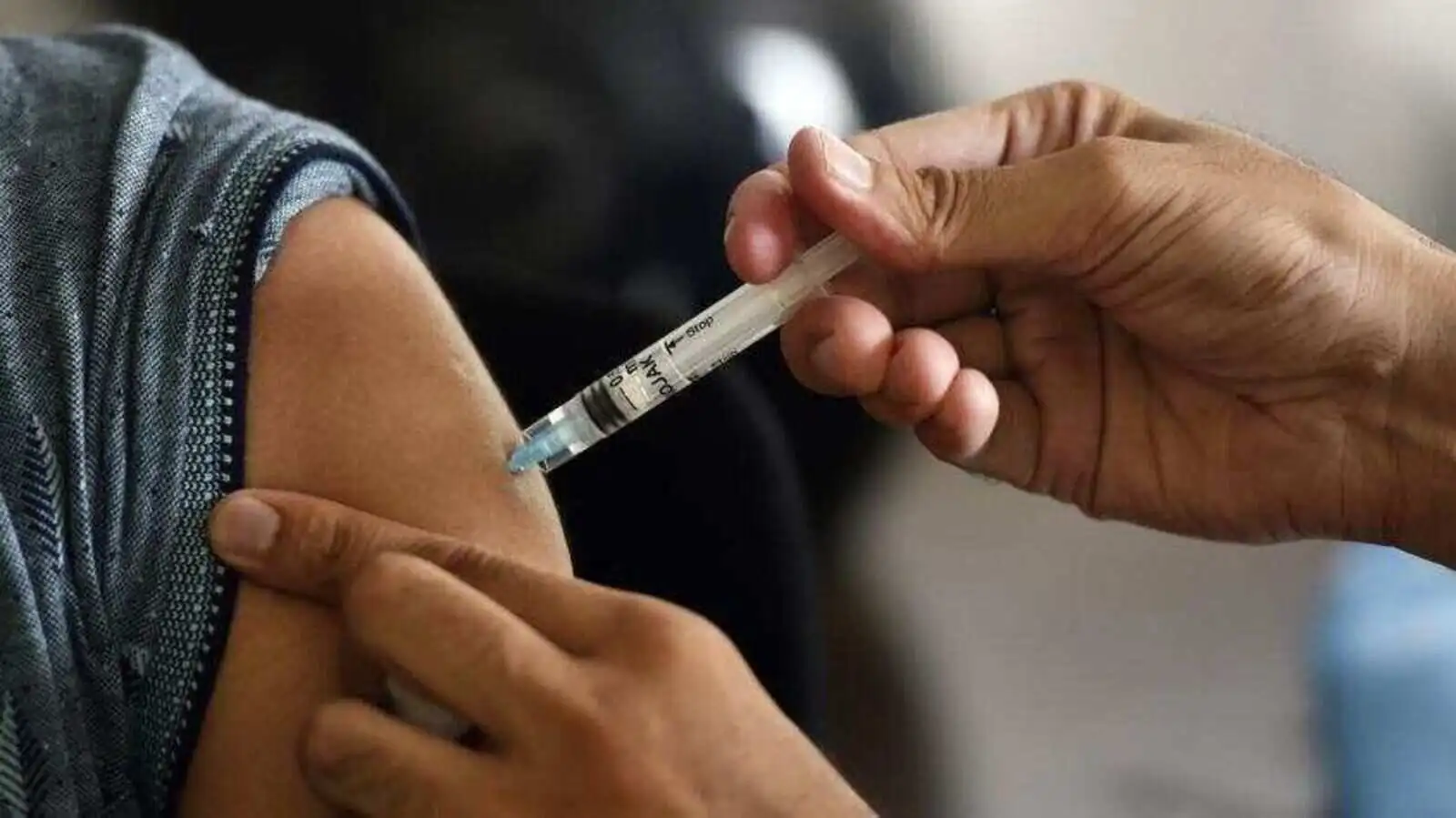

Photo for representation
The Serum Institute of India and the Department of Biotechnology (DBT) are set to launch India’s first indigenously developed Quadrivalent Human Papillomavirus vaccine (qHPV) against Cervical Cancer on September 1.
The most awaited vaccine will be launched by the Union Minister of State (Independent Charge) Science & Technology Jitendra Singh on Thursday. According to Dr N K Arora, Chairperson of the COVID working group, National Technical Advisory Group on Immunisation (NTAGI) said it is an exciting experience to launch a made-in-India vaccine.
“It is very exciting and I must say it makes us very happy that our daughters and granddaughters will now be able to get this much-awaited vaccine.”
“In fact, this is one of the last major vaccines to be introduced. Now, Indian vaccines will be available and we hope that it will be launched in the National Immunisation programme for 9 to 14-year-old girls,” he added.
“It is very effective and prevents cervical cancer because, 85 per cent to 90 per cent cases, cervical cancer is because of this particular virus and this vaccine is against those viruses. So, if we give it to our young children and daughters, they are protected from the infection and consequently probably 30 years later, cancer does not occur,” Dr Arora further explained.
“There was a shortage in the global market. Now an Indian vaccine has come. So, we will be able to take care of our requirements within our made-in-India vaccine,” he said.
Highlighting the use of indigenous platforms during Operation Sindoor, Chief of Defence Staff (CDS) General…
Congress MP Shashi Tharoor on Friday (local time) said that Colombia will issue a statement…
Minister for Electronics and Information Technology Ashwini Vaishnaw said on Friday that the government is…
Renowned human rights activist and political analyst Amjad Ayub Mirza has expressed a strong denunciation…
As was widely expected, the Indian economy grew by 6.5 per cent in real terms…
World No Tobacco Day, marked annually on 31 May, addresses a major public health challenge--the…